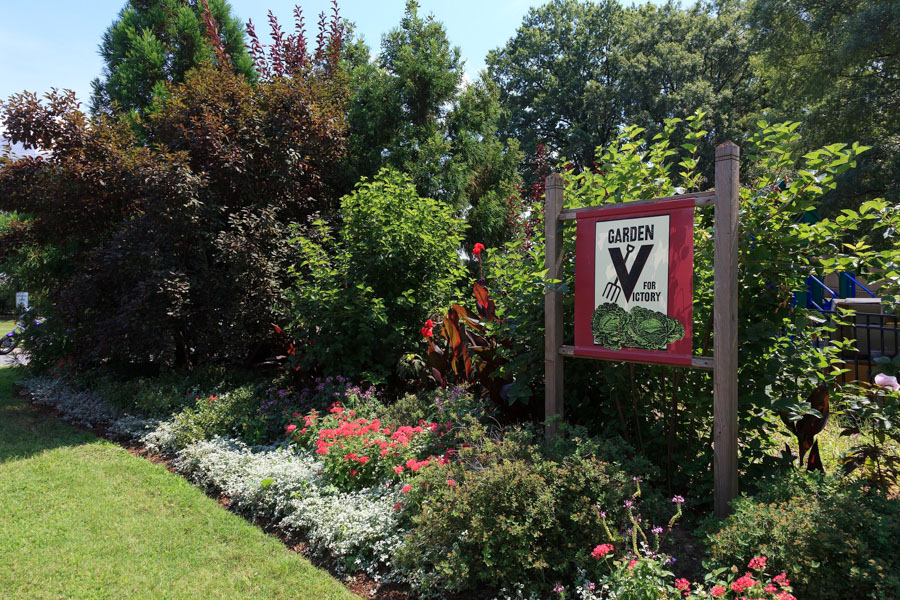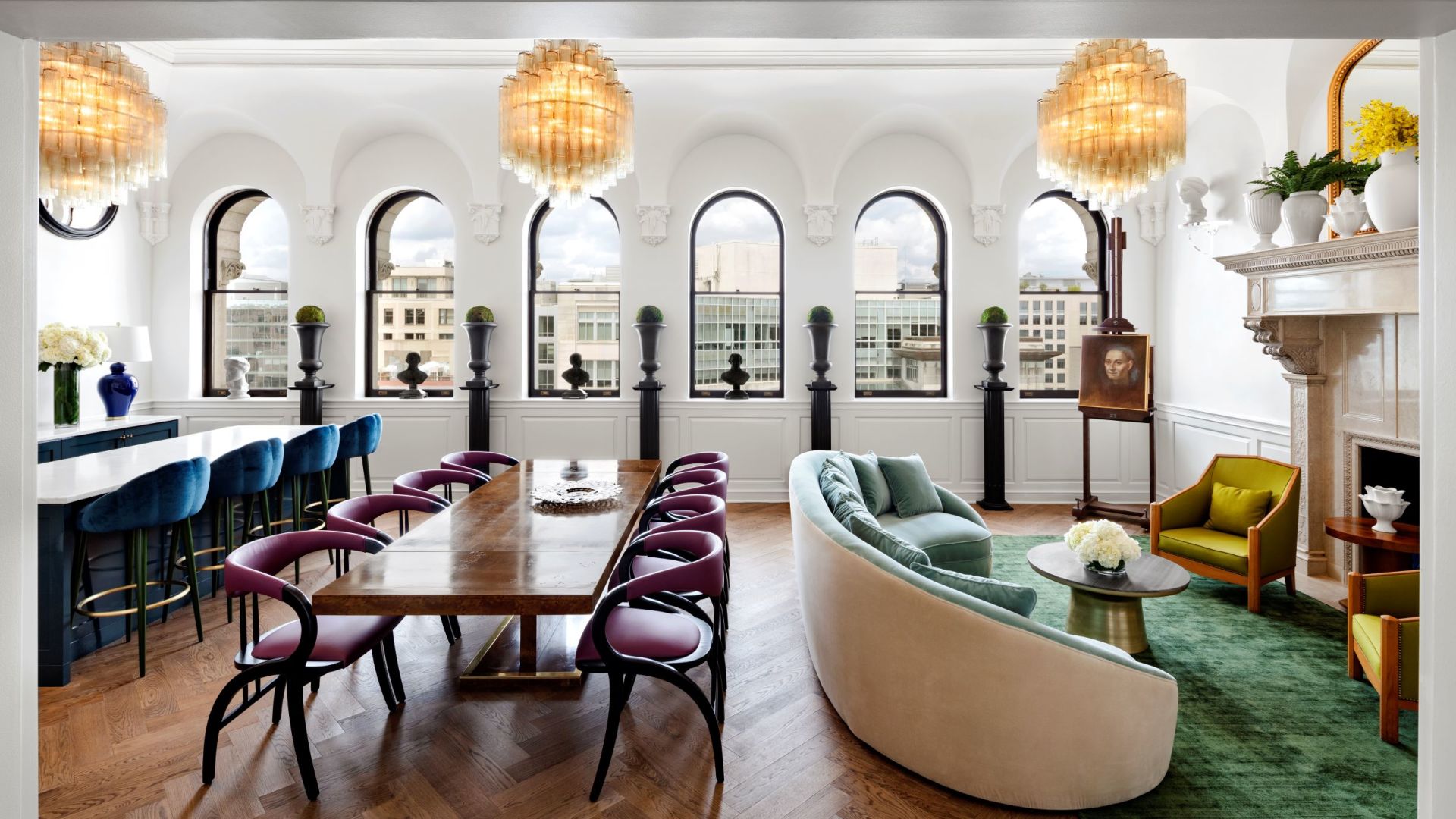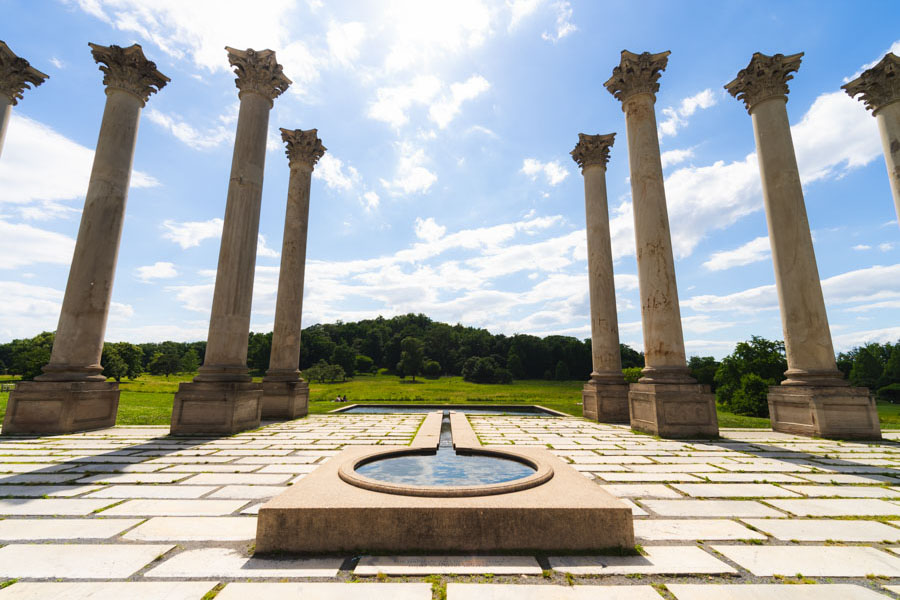
When it comes to parks and gardens, few cities can match DC’s offerings, regardless of season.
Pierre L’Enfant, DC’s first urban planner, designed “The Federal City” to be beautified by public gardens, and so it is today. You’ll find scenic landscaping around the National Mall and natural beauty in Rock Creek Park, along with dozens of gardens and parks within the nation’s capital. In fact, the Trust for Public Land has proclaimed DC as the No. 1 big-city park system four years in a row. Here is a list of DC’s delightful parks and gardens – some public and others private – but all worth a visit.
01
U.S. National Arboretum

The U.S. National Arboretum is one of the most scenic destinations in the District, its 446 acres welcoming visitors with wide open spaces and gorgeous, secluded views of nature. With its former U.S. Capitol Columns and miles of trails, the National Arboretum is a great place for a hike. The Arboretum is open daily from 8 a.m. to 5 p.m.
02
Rock Creek Park
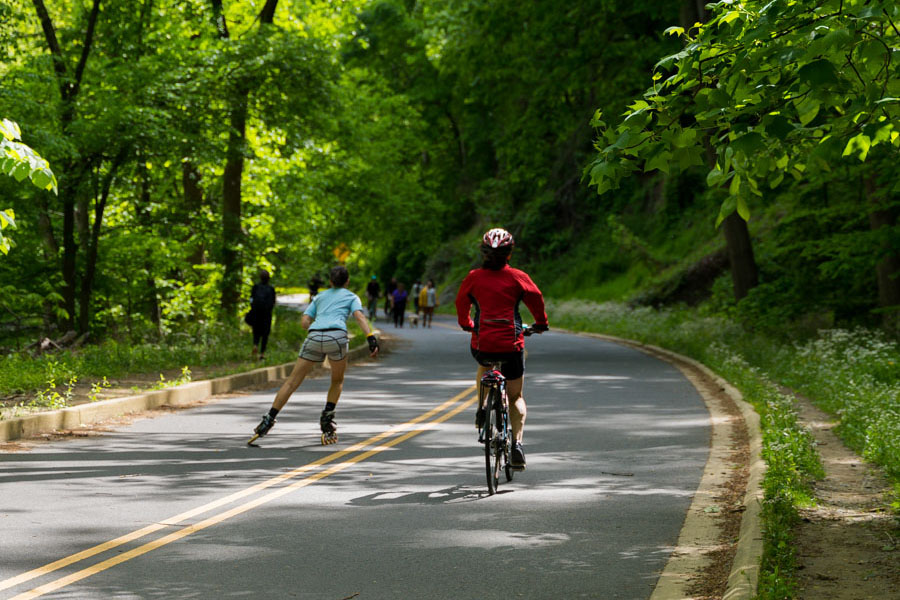
Enjoy nature’s beauty in DC’s 1,700-acre parkland established in 1890 by an Act of Congress. As the third National Park established, Rock Creek Park is a thriving habitat for native species like the snapping turtle and home to plenty of things to do. This natural oasis encompasses Fort Stevens, part of the Civil War defense of Washington; Pierce Mill and the Francis Scott Key Memorial in Georgetown.
03
Malcolm X Park
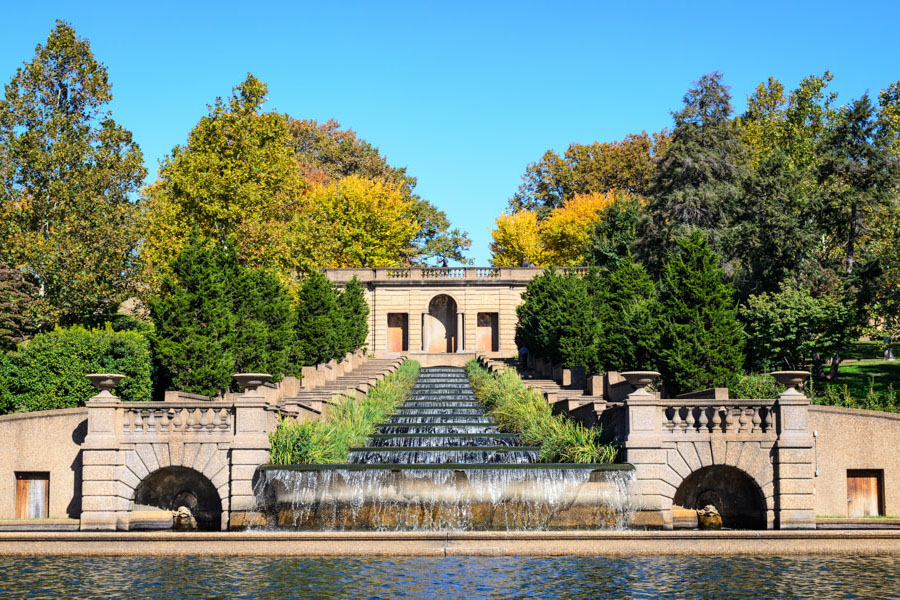
Known as Malcolm X Park to locals and referred to as Meridian Hill Park by the National Park Service, this neoclassical 12-acre landscaped urban park was established in 1912. Designated as a National Historic Landmark, the multi-tiered park has a cascading waterfall in its lower area, with notable statues of Joan of Arc, Dante and a memorial to President James Buchanan. The upper park is wooded, and for 50-plus years of summer Sundays, groups have gathered here to be part of a drum circle.
04
Lincoln Park on Capitol Hill
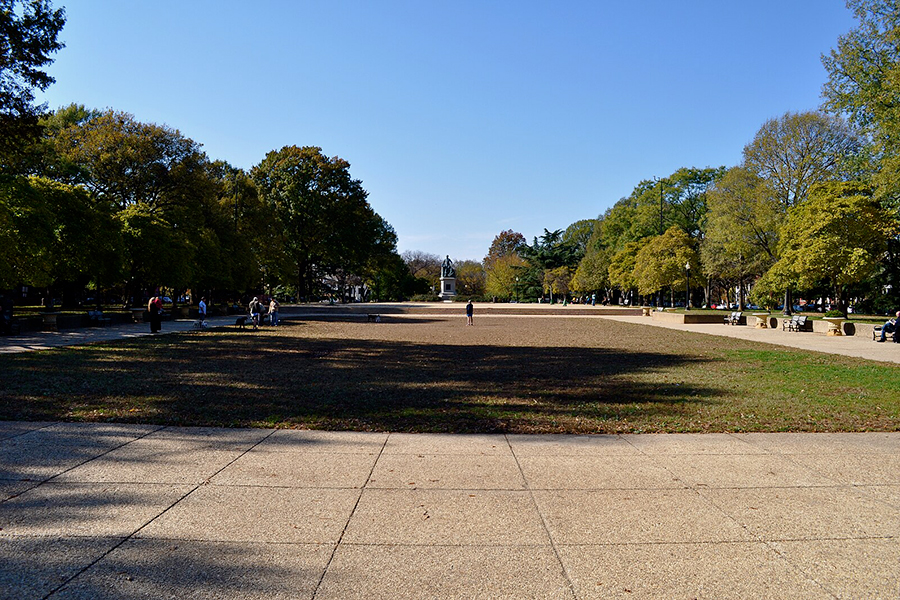
Lincoln Park on Capitol Hill was established 11 years after President Lincoln’s death. The park has two notable statues facing each other: President Lincoln with a Black man, representing the Emancipation Proclamation, and the Mary McLeod Bethune Statue, honoring the civil rights activist. Her sculpted cane represents a gift from Eleanor Roosevelt, whom she advised and befriended.
05
Kenilworth Park & Aquatic Gardens
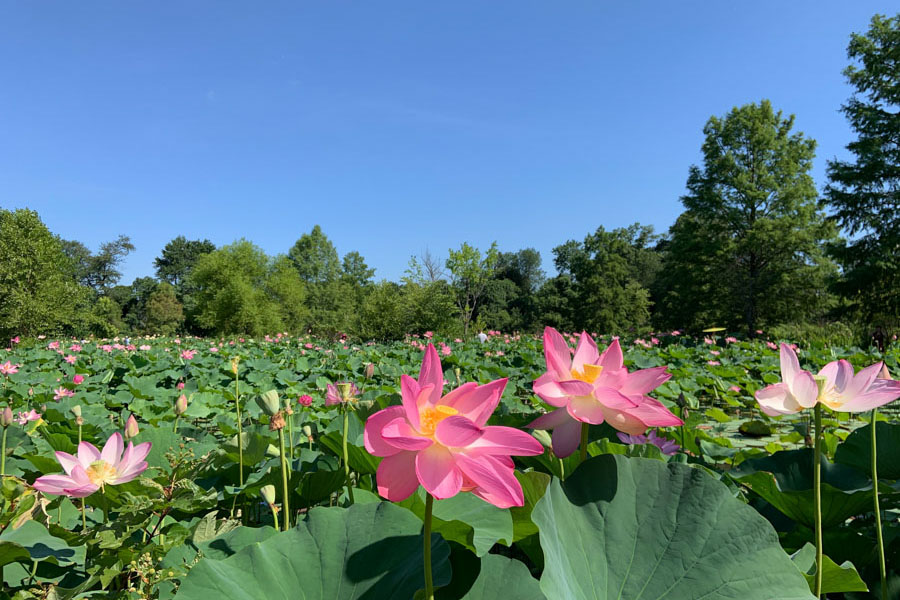
Kenilworth Park & Aquatic Gardens is a magical place during all four seasons, but it’s especially thrilling when the water lilies are in full bloom in the summer. There are several hiking trails and boardwalks for wandering through this national park on the east bank of the Anacostia River.
06
Smithsonian National Museum of American History's Victory Garden
The National Museum of American History has a Victory Garden on the grounds of the museum anchored by heirloom plants native to America. These herbs and vegetables have layered growing seasons. Little known fact: The garden is inspired by American history – people planted them during the two world wars when food was in short supply. Along with all other Smithsonian Gardens, the free-to-enter Victory Garden is open to the public.
07
U.S. Botanic Garden
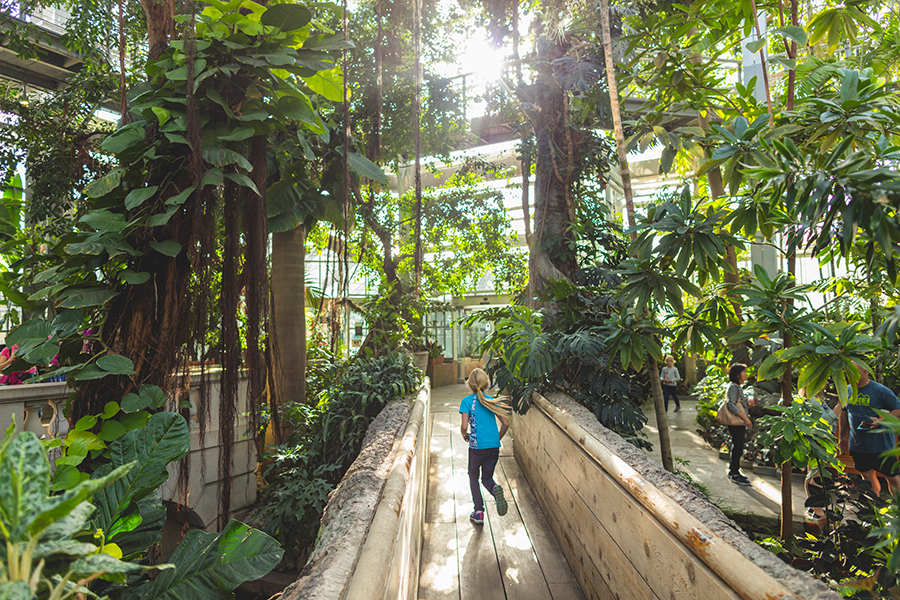
It’s balmy year-round inside the U.S. Botanic Garden on the National Mall. Considered a living museum of plants, the lavish garden rooms are housed inside a glass Conservatory. Exhibits range from plants native to Hawaii and tropical territories, deserts, medicinal plants, orchids and a Children’s Garden. You can also check out the Bartholdi Fountain and Gardens, part of the campus since its creation in 1932 and a two-acre marvel complete with innovative plant combinations in a wide array of styles and designs. Additionally, the outdoor gardens are a wonder to behold, mixing the formal and the naturalistic to provide visitors with diverse examples of how plants can be used to provide wildlife habitat and ecosystem services while enhancing outdoor spaces, food growth and storytelling, improving people’s lives along the way.
08
Constitution Gardens
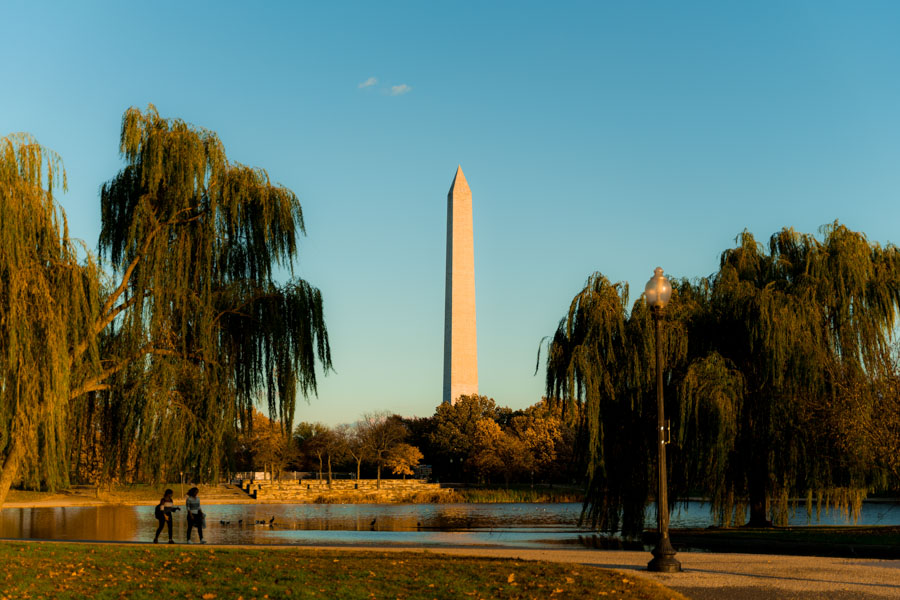
Constitution Gardens was dedicated during the nation’s bicentennial celebration in 1976. Today, it’s an urban park with thriving habitat for native animals. Stroll under the shady trees bordering the Reflecting Pool, walk on the concrete path from the World War II Memorial to the Vietnam Veterans Memorial or find a park bench to watch the local ducks. The gardens are currently open around the clock and are free to enter.
09
Hillwood Mansion, Museum & Gardens
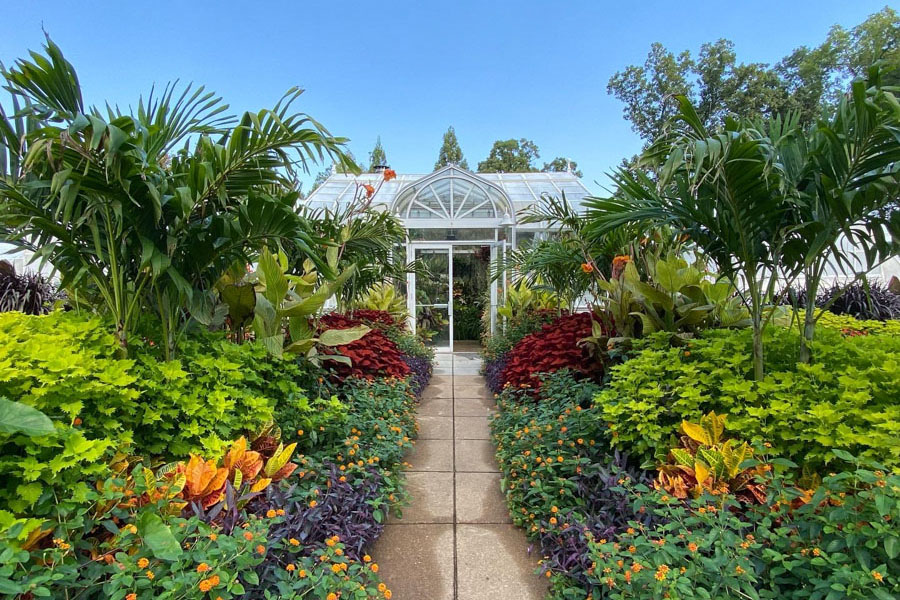
The magnificent Hillwood Mansion, Museum & Gardens was established by heiress Marjorie Merriweather Post. Built in the 1950s, Hillwood’s thirteen acres are separated into garden rooms -- the Four Seasons Overlook, Rose Garden, French Parterre, Japanese Garden, Pet Cemetery, Friendship Garden, Lunar Lawn and Greenhouse. Take a guided or self-guided tour and enjoy the view of DC from one of the city’s highest points.
10
Tudor Place Historic House & Garden
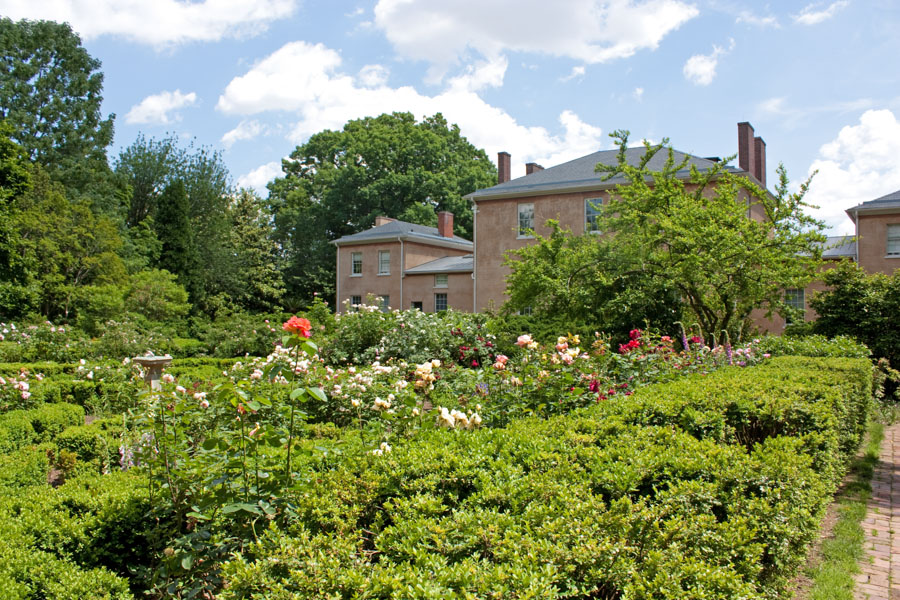
Discover Tudor Place Historic House & Garden in the heart of Georgetown. This National Historic Landmark showcases five unique garden styles: Box Knot, Round Garden, Holding Garden, Bowling Green and East Lawn. All are elegantly landscaped with ornamental plants.
11
Dumbarton Oaks
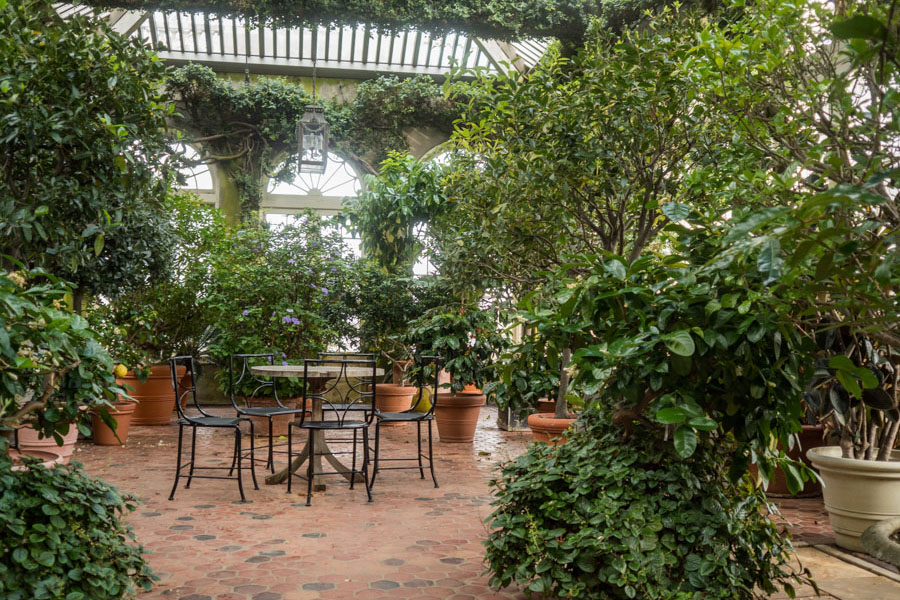
Built on the highest point in Georgetown, Dumbarton Oaks stands on nearly 40 acres of landscaped gardens. Dumbarton’s Garden is separated into “garden rooms” using ornamental plants and artifacts to define each room’s character. A portion of the gardens and museum are stewarded by Harvard University researchers. It’s a must-see in May when the peonies are in bloom.
More About DC


